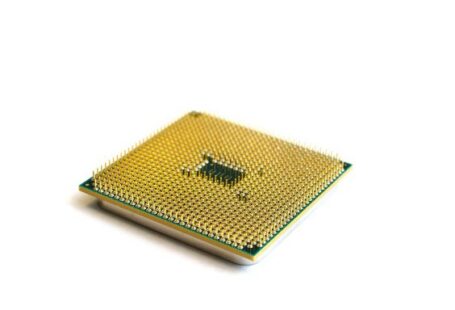In today’s fast-paced world, where data analysis and mathematical computations play a crucial role in various fields, having a reliable tool for efficient mathematical computing is indispensable. MATLAB, short for “Matrix Laboratory,” is one such tool that has gained immense popularity among researchers, engineers, and scientists. With its powerful features and user-friendly interface, MATLAB has become the go-to software for solving complex mathematical problems.
Versatility and Efficiency
MATLAB offers a wide range of functionalities that make it a versatile tool for mathematical computing. Its comprehensive library of built-in functions allows users to perform various mathematical operations, such as matrix manipulations, numerical analysis, optimization, signal processing, and image analysis. Moreover, MATLAB’s ability to handle multiple data types, including numbers, strings, and complex numbers, further enhances its versatility.
MATLAB’s efficiency lies in its ability to execute complex computations with lightning speed. The software is optimized for numerical calculations, making it significantly faster than traditional programming languages. This efficiency is particularly valuable when dealing with large-scale data sets or computationally intensive tasks. With MATLAB, users can tackle complex mathematical problems quickly and efficiently, saving valuable time and resources.
Interactive and Intuitive Interface
One of the standout features of MATLAB is its interactive and intuitive interface. The software provides a command-line environment that allows users to execute commands and perform computations in real-time. This interactive approach enables users to experiment with different algorithms and mathematical models, making it ideal for prototyping and iterative development.
MATLAB’s interface also includes a graphical user interface (GUI), which provides a visual way of interacting with the software. The GUI allows users to create interactive applications and intuitive interfaces for their mathematical computations without the need for extensive programming knowledge. This intuitive interface makes MATLAB accessible to users of all levels, from beginners to experts.
Visualization and Data Analysis
MATLAB excels in its ability to visualize data and analyze results. The software offers a wide range of plotting and visualization tools, allowing users to create 2D and 3D plots, histograms, scatter plots, and more. These visualizations help users gain insights into their data, identify patterns, and communicate their findings effectively.
In addition to visualization, MATLAB provides powerful data analysis capabilities. Users can easily import, clean, and preprocess data from various sources, such as spreadsheets, databases, and text files. MATLAB’s rich set of statistical and machine learning functions allow users to perform in-depth data analysis, including hypothesis testing, regression analysis, and classification. The software also supports advanced techniques, such as neural networks and deep learning, for tackling complex data analysis tasks.
Community and Support
MATLAB’s popularity is further amplified by its vibrant community and extensive support network. The MATLAB community consists of millions of users worldwide, ranging from academia to industry. This community provides a platform for knowledge sharing, collaboration, and learning. Users can access online forums, discussion boards, and MATLAB Central, a hub for resources, examples, and code snippets.
Moreover, MATLAB offers comprehensive documentation and tutorials, ensuring that users can quickly get up to speed with the software’s capabilities. The documentation covers everything from basic syntax and functions to advanced topics, making it a valuable resource for both beginners and experienced users.
Conclusion
MATLAB stands as a testament to the power and convenience of mathematical computing. With its versatility, efficiency, interactive interface, visualization capabilities, and strong community support, MATLAB has solidified its position as the go-to tool for researchers, engineers, and scientists. Whether it’s solving complex mathematical equations, analyzing data, or developing advanced algorithms, MATLAB continues to be at the forefront of mathematical computing, enabling users to unlock new insights and push the boundaries of scientific discovery.





